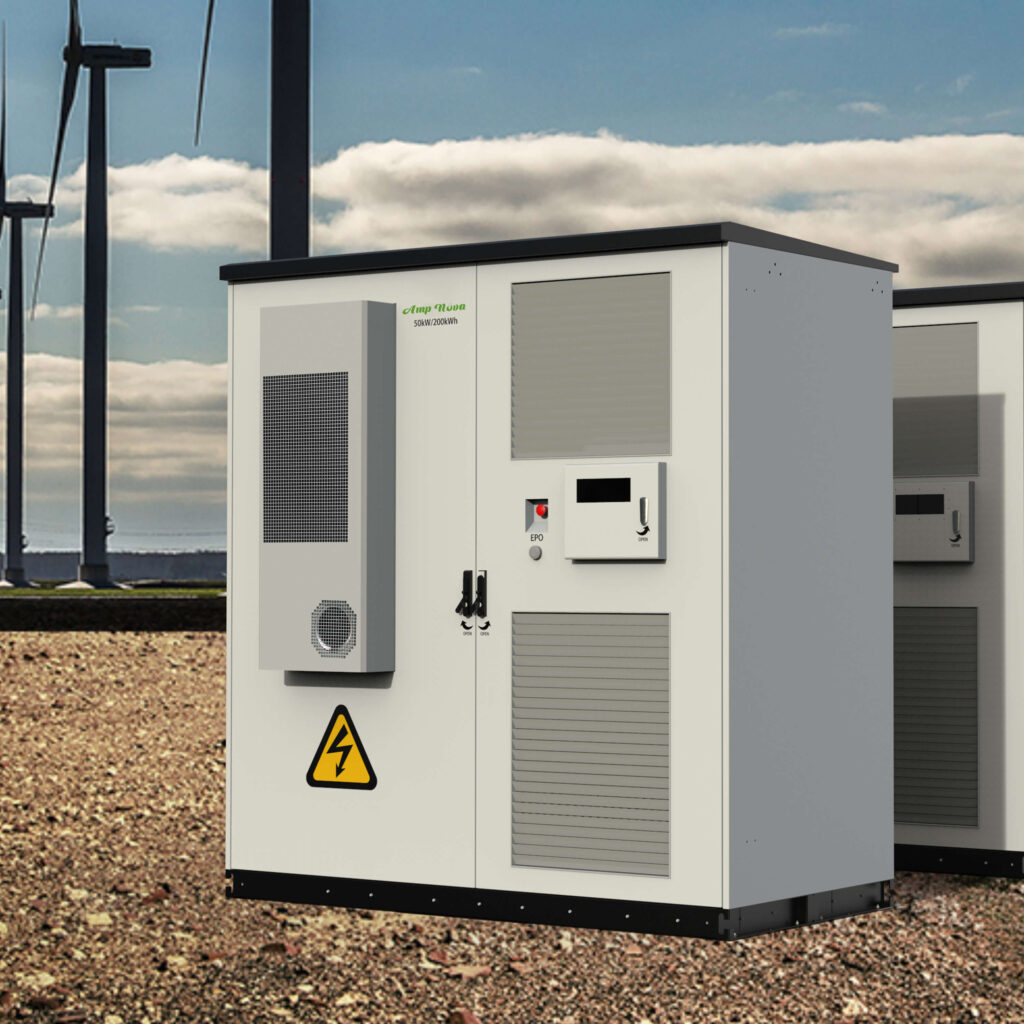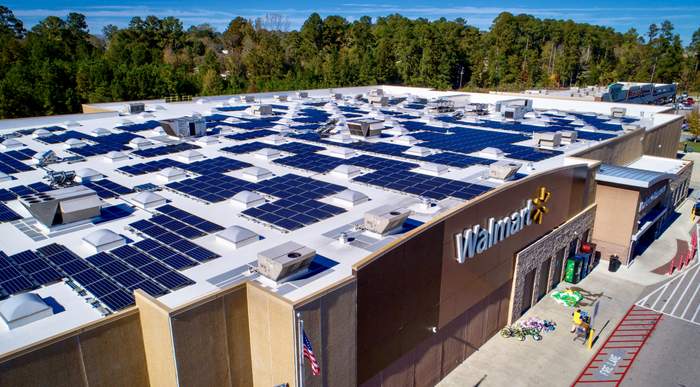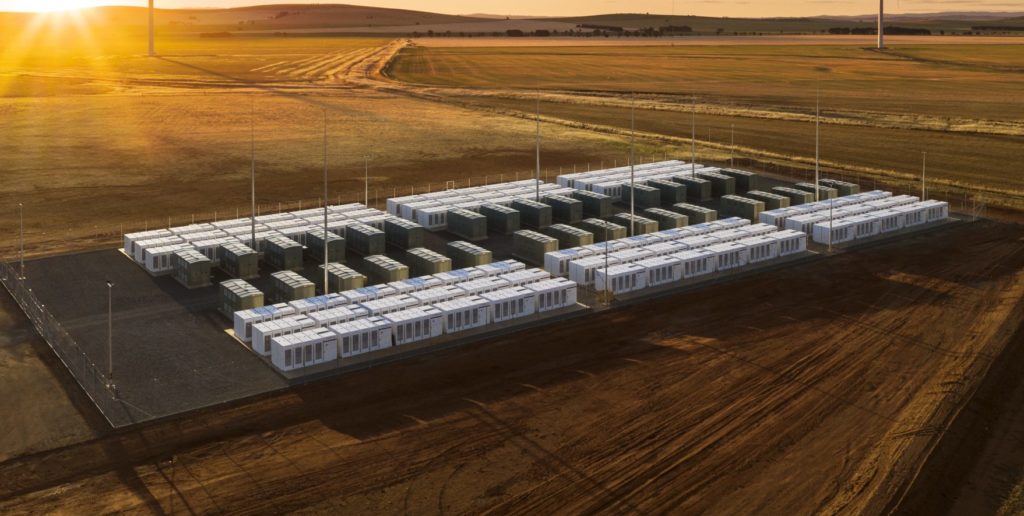- Introduction
- Defining C&I Energy Storage
- Benefits of C&I Energy Storage
- Challenges in Implementing C&I Energy Storage
- Case Studies: Successful Applications of C&I Energy Storage
- 1. Walmart
- 2. Tesla’s Powerpack Project
- Future Outlook for C&I Energy Storage
- Regulations and Policies Affecting C&I Energy Storage
- Conclusion
Contents
Introduction
C&I Storage, as a response to the escalating demand for clean, reliable, and sustainable energy, is gaining prominence in the business and industrial sectors. These systems are pivotal in the shift towards a more sustainable energy future. This article will examine the potential of C&I energy storage solutions, highlighting their advantages and the hurdles faced during implementation. We will also look at successful case studies, consider the future prospects of these systems, and discuss the regulatory and policy frameworks influencing their adoption.

Defining C&I Energy Storage
C&I energy storage refers to the installation of energy storage systems in commercial buildings, industrial facilities, and campuses. These systems allow businesses and industries to store excess energy during periods of low demand and use it during peak times. C&I storage solutions typically include advanced batteries, flywheels, or pumped hydro systems that store electrical energy for later use.
Benefits of C&I Energy Storage
- Demand Response Optimization: C&I storage enables businesses to optimize their energy consumption and reduce peak demand charges. By storing electricity during off-peak hours and using it during high-demand periods, businesses can significantly lower their electricity bills.
- Enhanced Power Quality: Energy storage systems provide a steady and reliable source of power, reducing the risk of downtime and equipment damage caused by power disruptions. This is particularly crucial for industries that require a constant and uninterrupted power supply, such as data centers and manufacturing facilities.
- Integration of Renewable Energy: C&I storage allows businesses to maximize the benefits of renewable energy sources, such as solar and wind. By storing excess renewable energy generated during sunny or windy periods, businesses can ensure a consistent power supply even when the weather conditions are not optimal.
- Grid Support and Resilience: C&I energy storage systems can also provide grid support by injecting stored electricity back into the grid during peak demand periods. This helps stabilize the power grid and reduces the strain on existing infrastructure. In addition, energy storage systems enhance the resilience of businesses by providing backup power in the event of grid failures or power outages.
Challenges in Implementing C&I Storage
While the potential benefits of C&I energy storage are significant, there are several challenges that need to be addressed for successful implementation:
- Cost: The upfront investment required for C&I energy storage systems can be considerable. However, with advancements in technology and declining costs of battery technologies, the economics of energy storage are rapidly improving.
- Regulatory and Policy Uncertainty: The regulatory landscape for C&I storage is still evolving, making it challenging for businesses to navigate the market and secure financing. Clear and consistent policies, incentives, and regulations are essential to foster the widespread adoption of C&I storage solutions.
- Technical Considerations: Businesses need to assess their energy needs, load profiles, and site-specific conditions to determine the appropriate size, type, and location of an energy storage system. This requires technical expertise and careful planning.
Case Studies: Successful Applications of C&I Energy Storage
1. Walmart
Walmart has been at the forefront of implementing C&I storage solutions across its stores. The company has installed hundreds of energy storage systems to optimize energy consumption, reduce peak demand charges, and enhance power reliability. These initiatives have helped Walmart save millions of dollars in electricity costs and reduce its carbon footprint.

2. Tesla’s Powerpack Project
Tesla’s Powerpack project in South Australia exemplifies a successful application of C&I energy storage. The project involves the deployment of a large-scale battery storage system to stabilize the local grid, reduce reliance on fossil fuel-fired power plants, and enhance renewable energy integration. The Powerpack project has proven to be a game-changer in the energy sector by providing reliable and affordable energy storage solutions.

Future Outlook for C&I Energy Storage
The future of C&I energy storage looks promising as technological advancements drive down costs and improve performance. The increasing adoption of renewable energy sources and the growing need for grid stability and resilience are expected to propel the demand for C&I energy storage systems.
Moreover, as businesses and industries become more conscious of their environmental impact, C&I energy storage solutions will play a crucial role in achieving sustainability goals. By optimizing energy consumption, reducing carbon emissions, and supporting the grid, C&I energy storage will be an integral part of the clean energy transition.
Regulations and Policies Affecting C&I Energy Storage
Regulations and policies vary across regions and countries, impacting the adoption of C&I storage solutions. Governments and regulatory authorities need to create an enabling environment by providing consistent incentives, streamlined permitting processes, and clear guidelines for interconnecting energy storage systems to the grid.
In many jurisdictions, there is a growing recognition of the value that C&I energy storage can bring to the energy system. Various policy measures, such as tax credits, grants, and feed-in tariffs, have been introduced to promote the deployment of energy storage systems at the C&I level.
Conclusion
C&I storage solutions have the potential to revolutionize how businesses and industries consume and manage energy. By providing demand response optimization, enhanced power quality, renewable energy integration, and grid support, these systems offer significant benefits for businesses and contribute to a sustainable energy future.
However, challenges such as cost, regulatory uncertainty, and technical considerations need to be addressed to unlock the full potential of C&I storage. As technology advances and policies evolve, we can expect to see a rapid increase in the adoption of C&I energy storage systems, paving the way for a greener and more resilient energy landscape.
Are you seeking insights into Commercial and Industrial (C&I) Energy Storage and electrical systems? We recognize the complexities involved in constructing or enhancing such systems, and we’re ready to offer our support. Contact our sales and customer service team at [email protected].